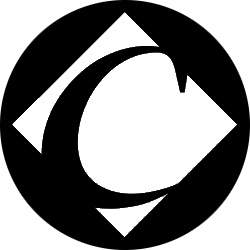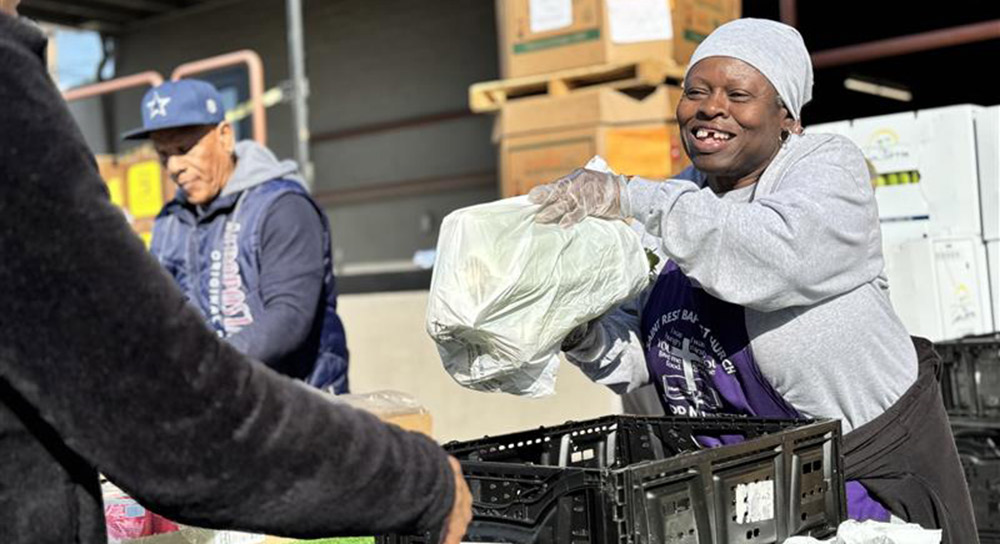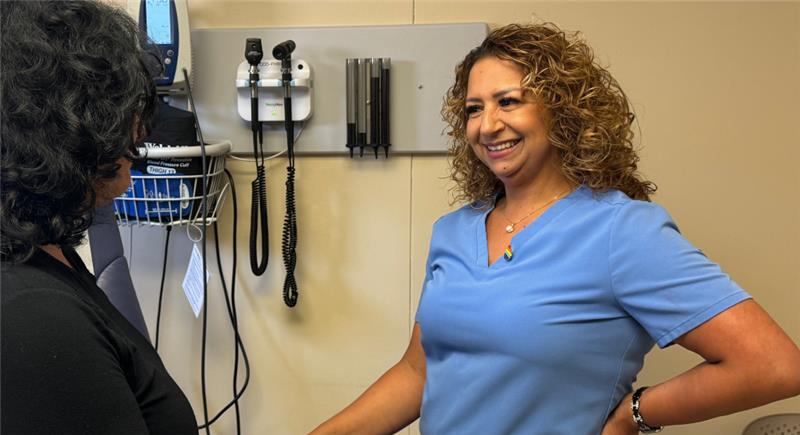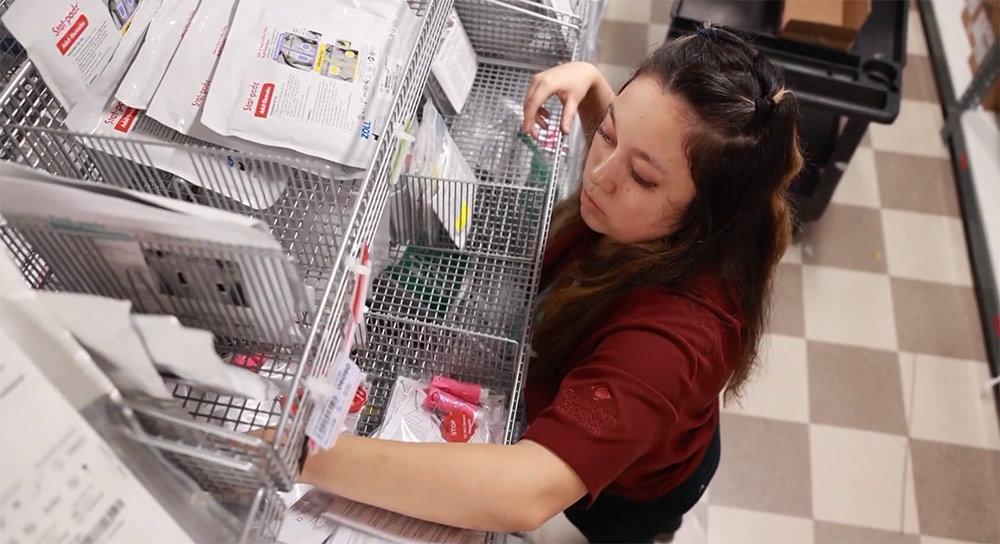Before the coronavirus pandemic, the health sciences classroom at Kerman High School buzzed with students using medical equipment, including a sonogram wand to find the carotid artery, a Hoyer lift to practice moving each other from a hospital bed to a wheelchair and hospital suture kits to practice stitching skills.
Gerry Villa, a former nurse at Clovis Community Medical Center and now the medical careers instructor at Kerman High, said with real hospital equipment and her experience, she is able to provide students the kind of hands-on learning that translates into healthcare careers.
Villa credits the support of Community Medical Centers with helping grow her program from 26 students in its first year to 66 the next year. Since COVID-19 has shut schools in Fresno County, Villa has used the equipment to produce how-to videos for students who are now getting lessons online remotely.

Given the chronic shortages of healthcare professionals in the Central San Joaquin Valley, doing anything that would spark local students’ interest in medical careers just makes sense, said Robyn Gonzales, vice president of ambulatory and post-acute care at Community Regional Medical Center. And the Valley needs more medical professionals who speak the same language and understand the cultural backgrounds of patients in this region.
Kerman High School’s student body of 1,458 is 84% Latino and 78% are eligible for free or reduced-price meals, a marker of family poverty. A third of the city’s adults don’t have a high school diploma and two-thirds of residents speak a language other than English at home.
With community benefit funds, the hospital system was able to provide an ultrasound machine, Hoyer lifts, hospital beds, stethoscopes and other equipment, Gonzales said. Such donations are part of the community benefit outreach Community does annually as a non-profit health system and the Valley’s safety net healthcare provider. Last year, Community invested $175 million, about 10% of its operations budget, on such outreach, medical training, public education and unreimbursed and charity care.
Community benefit work focuses on key local health needs and challenges — including helping address economic insecurity and making care more accessible.
“I thought what an opportunity for both of us,” Gonzales said. “Because we have so many positions to fill. And we need to bring these kids here to show them what the career opportunities are, the whole variety of positions that require a variety of skill sets and education levels. The eventual goal is for them to have careers where they can take care of themselves and their families.”

Eber Garcia, who graduated in 2019 from Kerman High, is headed to a pre-med program after taking Villa’s Regional Occupational Program (ROP) class and getting experience in a local doctor’s office. He’s set on becoming a family practice physician. “I know in California and especially in the Central Valley, we have a shortage of primary care doctors,” he said. “We did a field trip to the hospital, I was surprised to learn about all the entry-level jobs you can get.”
Garcia hopes to work in one of those entry-level jobs while he’s going to school so he can be immersed in a hospital environment.
Former classmate John Center enlisted in the navy, but the Kerman medical careers class gave him another idea. “I plan now on becoming a navy deep sea dive medical technician,” he explained. “I’ve always been interested in mechanics and learning how the body works, the anatomy and the mechanics of it. And I was able to get a bunch of certifications I thought I’d never get in healthcare with Ms. Villa’s help.”
Center said he appreciated being able to apply what he learned in the classroom out in a clinical setting in a doctor’s office. All the ROP students spend more than half their time working in the community with doctors, nurses and medical assistants, Villa said.
“These kinds of programs are difficult to get up and running,” Villa said. “Equipment costs are high. And it’s hard to get speakers out to a rural area. But Community has not only stepped up to support with amazing donations of equipment, but have sent me some amazing speakers and continue to be a huge support providing field trips and arranging a residency shadowing day to see what a medical resident does in the hospital. I think we may be the only high school program around with an ultrasound machine.”
Villa hopes to continue to expand her program once students return to the classroom.






